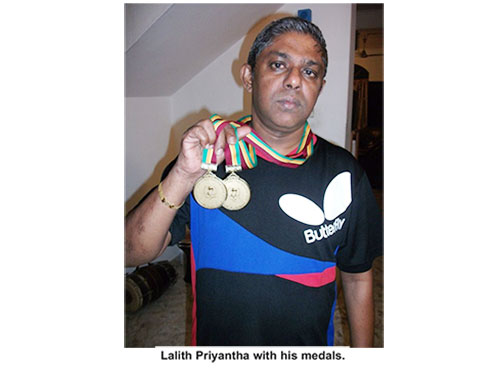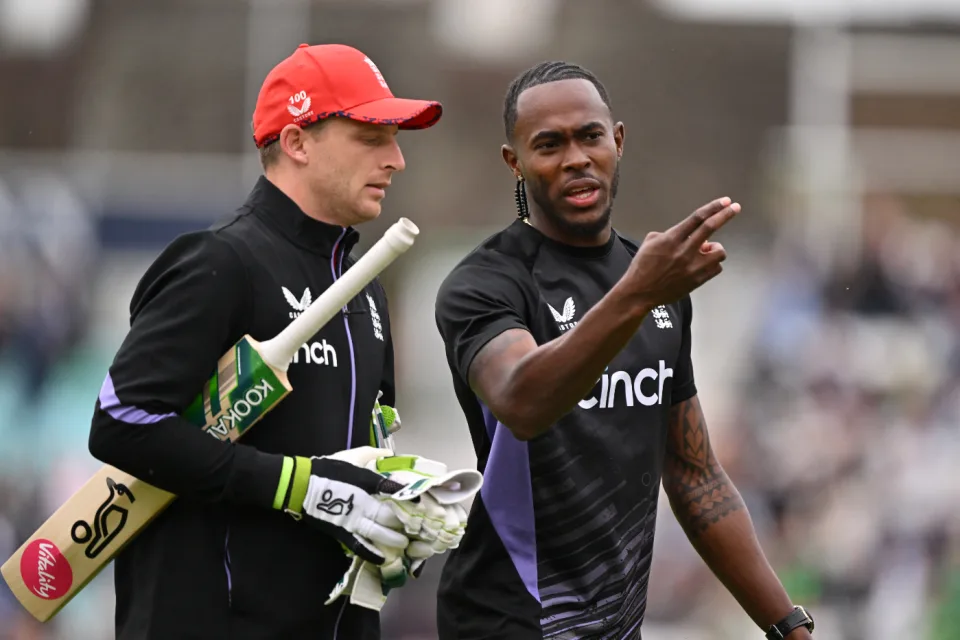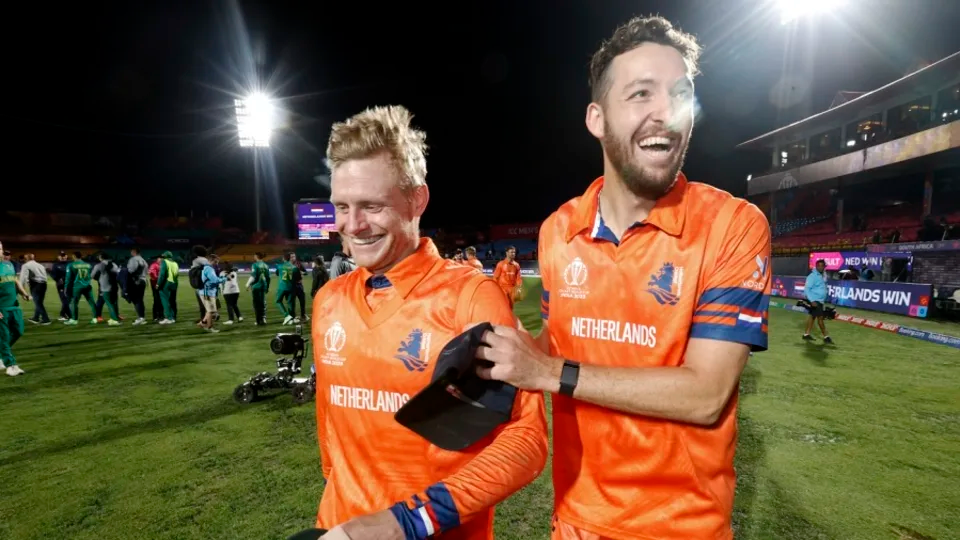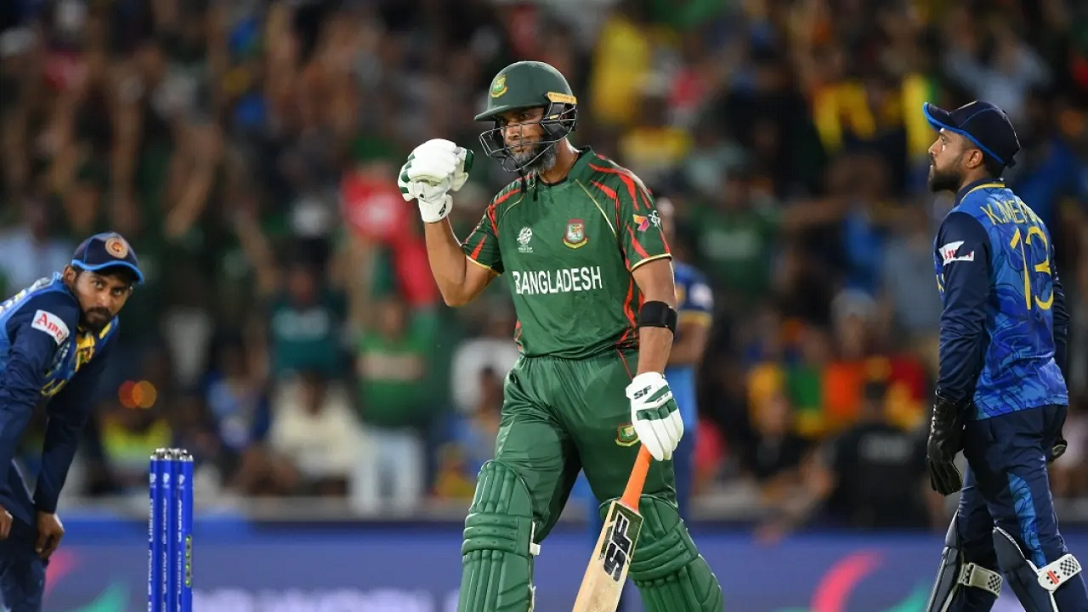Sports
“You can’t take a break for education”-Lalith Priyantha

A table tennis legend speaks
by A Special Sports Correspondent
Table tennis was one of worst affected sports due to the pandemic. One reason for this could be that most players are also engaged in some kind of coaching; hence there being a loss in income.
Table tennis legend and veteran’s player Lalith Priyantha was one such player. He said that he survived a difficult period.
We can’t sometimes fathom as to how Priyantha stays in shape and contests the veterans’ events. Times were hard during the past one year without coaching and Priyantha looks back and can send a sigh of relief.
He coaches two schools and Methodist College, one of those schools, was good enough to release his salary in full despite table tennis activities coming to a standstill in the country. Life for table tennis coaches looked bleak for almost a full year because health authorities banned all sports in the island.
Exactly after March last year the table tennis players got an opportunity last February to access their growing skills when they contested the All Island Ranking Table Tennis Tournament conducted by the Western Province Table Tennis Association for the year 2020. Afterwards they played in another All Island Ranking Table Tennis Tournament in Kegalle which was conducted by the Sabaragamuwa Province Table Tennis Association, also of these being events in the table tennis calendar for year 2020.
Priyantha is one person who sought media attention for the sport during the pandemic. He organised press conferences and said table tennis would be one of the safest disciplines to conduct because the players positioned themselves at a safe distance during matches. He is of the opinion that the Table Tennis Association of Sri Lanka (TTASL) must be innovative and shouldn’t wait till the government or the Ministry of Sports clears the path for them.
The sport over the years lacked the involvement of former national players as administrators. The reason for this is a rule brought by the Minister of Sports that individuals involved in coaching can’t hold office in national sports associations. That literarily ruined the chances of Priyantha serving the TTASL; which he once did in the capacity of president. But he states that he is willing to serve the TTASL in an advisory role if he along with past national players are drafted into a committee to help the sport. He states that much can be done to take the game to schools which have not had the table tennis experience.
One thing that is to his advantage is that he still plays competitive table tennis and contests all the veterans’ tournaments. “This helps me to be in touch with the players. I can also relate to them because I also coach schoolgirl table tennis players. A coach must be able to be the sparring partner of players and play his shots” said Priyantha who is still fit for a 55 year old veteran player. For the record he is the present singles champ and has won the doubles and mixed doubles events at the national veterans’ table tennis tournaments.
Priyantha is happy about the present facilities the players enjoy. Most tournaments are now played on carpet and the players play with the best rackets and shoes. But it was not so many years ago. Priyantha remembers wearing t-shirts which were not stretchable; which made playing shots all the more difficult. But the sun shone on him in 1987-1988 when Butterfly company (Japan) sponsored him offering him rubbers, rackets and t-shirts. That was a boon, but he had other advantages. He was squint-eyed so opponents struggled to read his movements. He finished off his opponents with his forehand play; hence his backhand rubber was rarely wasted.
If there is one word that describes this man it’s ‘versatile’. Of course during his playing days he was known by the press by a gamut of names: Piranha, Dark Horse, King of Ping Pong and King Kong of Ping Pong. But after retiring in 1993 after the national players’ tour to Germany he stepped on his coaching and also served the association as an administrator and Sri Lanka coach.
Describing his career in table tennis he compared it to following a map and not as a venture where he was achieving one goal after another. He enjoyed playing table tennis and one of the benefits or fringe benefits he received was winning medals. He won on most days he played, but there were also days where he lost. Winning a tournament and waiting anxiously overnight to read about it in the newspapers the next day destroyed his sleep.
He is a coach who creates bridges so that the younger generation of players can reach him. Apart from coaching the players at the two schools he is coaching Priyantha also undertakes private coaching. He would be mindful when talking with youngsters and avoid saying, at any cost, words like, “During my time things were different and we did things differently’. That would, according to Priyantha, burn the bridges that would connect the present generation with the past. “I never compare people in different eras because the present generation wouldn’t relate to that. I just appreciate and acknowledge their skills and effort” said Priyantha who during his youth was rated as the island’s number one player and also became the Sri Lankan male player with the highest world ranking.
He wants the present players to do well and bring glory to the country. According to Priyantha winning a medal outside South Asia is extremely difficult for Sri Lankans, but not unthinkable if the right contributions and exposure are provided for the players. In one rare instance of comparing eras Priyantha said that players during his time played in about 10 domestic tournaments while the present generation players are contesting as little as 3-4 domestic tournaments per year; hence lesser opportunities for the present players to grow and much easier to secure player rankings.
He is also concerned about education clashing with table tennis in a country like Sri Lanka. “Players in this country think very differently and take a break from the sport to pursue exams. This is an unhealthy practice and something of great concern. In other countries players manage both table tennis and education and this method of balancing sports and studies continues throughout their sports careers till they complete their degrees,” reminded Priyantha.
The veterans table tennis player wishes to work with the younger generation of players for many more years. He wants a player to come up from the present set of players and make Sri Lanka proud. He wishes them to be better players and at the same time be educated individuals. But he wishes them to see the thin dividing line that separates those who receive an education and end up as average performers and those who receive the same education and become extremely successful and to be in that second group he wishes his chargers to cultivate intelligence.
Sports
England face Australia in the battle of champions

The first truly heavyweight clash of this expanded T20 World Cup format comes freighted with both history and subplots. A rematch of the 2010 World T20 final at Kensington Oval, the match pits Jos Buttler’s defending champions – who are aiming to become the first team to retain the trophy – against the Australian winning machine, victors at the 2021 edition and current world title-holders in Test and ODI cricket. And that’s before you throw in the Ashes for afters.
Already there is added pressure on England, after the rain in Bridgetown led to a share of the points in their opener against Scotland (and that having conceded 90 runs from 10 overs without taking a wicket in a tepid bowling display). Lose to their oldest rivals and it will leave their Super 8 prospects open to being waylaid by the perils of net run-rate calculations, or worse.
The Scotland match was the third abandonment in five suffered by England, after a rain-affected home series against Pakistan, which has clearly hampered their readiness for this campaign after almost six months without playing T20 together. It does not take much for a side to click in this format – and England looked in decent shape when they did get on the field against Pakistan – but Buttler will be anxious for things to go their way on Saturday, if only to avoid further questions referencing the team’s disastrous ODI World Cup defence last year.
Australia, under the laidback leadership of Mitchell Marsh would love nothing more than to add to the English sense of jeopardy – having helped bundle them out of the tournament in India on the way to taking the crown. Their head to head record is less impressive in T20 however, with England having won six of the last seven completed encounters, as well as that 2010 final.
Despite a wobble with the bat, Australia avoided mishap against Oman earlier in the week, the experience of David Warner and Marcus Stoinis shining through in difficult batting conditions. Surfaces in the Caribbean – not to mention those games staged in the USA – have already had teams scratching their heads; rather than the “slug-fest” England had prepared for, following a high-scoring tour of the Caribbean in December, it looks as if boxing smart may be the way to go.
Speaking of Warner, this could be the last time he faces up against England in national colours – and another match-winning contribution would likely reduce the chances of them meeting again in the knockouts. On the other side of the card is Jofra Archer, fresh from an emotional maiden outing at Kensington Oval and ready to take on Australia for the first time in any format since 2020. Can Mark Wood fire up England’s campaign, as he did during last summer’s Ashes? Will Pat Cummins be back to harass the old enemy once again? Seconds out, it’s almost time to rumble.
Cummins is set to return after being rested for the Oman game, which saw Mitchell Starc leave the field with cramp. Starc is understood to be fine and could keep his place – which would likely see Nathan Ellis miss out. Marsh is still not fit to bowl, with Australia likely to continue with the allrounder combination of Stoinis and Maxwell to give them cover.
Australia (probable XI): David Warner, Travis Head, Mitchell Marsh (capt), Glenn Maxwell, Marcus Stoinis, Josh Inglis (wk), Tim David, Pat Cummins, Nathan Ellis/Mitchell Starc, Adam Zampa, Josh Hazlewood
The one change England may consider is Reece Topley coming in for Wood, with the expectation that there will be some rotation among the seamers through the course of the tournament.
England (probable XI): Phil Salt, Jos Buttler (capt & wk), Will Jacks, Jonny Bairstow, Harry Brook, Liam Livingstone, Moeen Ali, Chris Jordan, Jofra Archer, Adil Rashid, Reece Topley/Mark Wood
[Cricinfo]
Sports
South Africa up against their bogey team in batter-unfriendly New York

Once is coincidence, twice is a clue, and three times is proof.
To paraphrase Agatha Christie, that is the narrative around South Africa’s meeting with Netherlands at this T20 World Cup.
The Dutch beat South Africa at the 2022 tournament and ended their semi-final hopes in a match where South Africa appeared to be sleep walking, and then beat them again at the 2023 ODI World Cup, where they exposed South Africa’s vulnerability in the chase. If they to do the treble, not only will Netherlands take the lead in Group D, but they will offer conclusive evidence of the threat they pose to Full Members, especially South Africa.
Of course, it will take some doing after South Africa’s opening performance against Sri Lanka, where they reduced their opposition to their lowest T20I total and chased it down in fairly straightforward fashion thanks to the most stable middle-order of their white-ball era. In Aiden Markram, Tristan Stubbs, Heinrich Klaasen and David Miller, South Africa have bankers and big-hitters and, for this match, they also have the advantage of experience. They’ve already played at Eisenhower Park, and have first-hand knowledge that run-scoring doesn’t come easily;Klassen said they are prepared to use their “cricket brains” and play “smarter cricket”.
But the conditions could be good news for Netherlands, who are not naturally a line-up of big hitters and build their innings on a foundation of turning ones into twos. In other words, they tend to take a slightly more conservative approach to batting, which may work well here, but they’ll be wary of the uneven bounce of the surface and will have to come up with plans to counterattack especially against South Africa’s seamers. Their own bowlers were exemplary in Dallas and will look to build on that performance against a line-up that will likely be more proactive than Nepal’s, but who they have managed to keep quiet not once, but twice in the past. Third time’s the charm, they say.
Anrich Nortje’s stunning return to form against Sri Lanka means South Africa may not have to tinker with the bowling combination, and Gerald Coetzee and Tabraiz Shamsi may have to wait their turns to get a game. The batting line-up should be unchanged, with no space for Ryan Rickelton yet.
South Africa: Quinton de Kock (wk), Reeza Hendricks, Aiden Markam, Tristan Stubbs, Heinrich Klaasen (wk), David Miller, Marco Jansen, Keshav Maharaj, Kagiso Rabada, Ottneil Baartman, Anrich Nortje
Conditions in New York may tempt Netherlands to include an extra seamer and they have Kyle Klein in their squad. But it could come at the expense of a shortened batting line-up and they may not want to risk that.
Netherlands: Michael Levitt, Max O’Dowd, Vikramjit Singh, Sybrand Engelbrecht, Scott Edwards (capt, wk), Bas de Leede, Teja Nidamanuru, Logan van Beek, Tim Pringle, Paul van Meekeren, Vivian Kingma
[Cricinfo]
Latest News
Mustafizur, Rishad, Hridoy dazzle in Bangladesh’s tight two-wicket win over Sri Lanka

Nuwan Thushara’s last over brought Sri Lanka screaming back into the match,as he first bowled Rishad Hossain, and then nailed Taskin Ahmed in front of the stumps with a pinpoint swinging yorker. This left Bangladesh eight wickets down, with 12 runs still to get.
However, the experienced Mahmudullah was at the crease for Bangladesh, and despite some further nervy moments, pushed Bangladesh across the line off the last ball of the 19th over.
But this was a match chiefly decided by Bangladesh’s own outstanding bowling. Mustafizur Rahman was the best among them, using shorter lengths and his cutters efficiently, to claim figures of 3 for 17. Rishad Hossain’s three-for through the middle overs also kept Sri Lanka quiet.
Mustafizur was instrumental in Sri Lanka’s downward spiral through the middle overs, which culminated in a crash-and-burn end. Ultimately, their inability to find boundaries, or even rotate strike against good Bangladesh bowling resulted in their downfall. A score of 125 for 9 always seemed poor on a decent pitch, even if their bowlers made a match of it in the end.
Brief scores:
Bangladesh 125 for 8 in 19 overs (Towhid Hridoy 40, Litton Das 36; Dhanajaya de Silva 1-11, Nuwan Thushara 4-18, Wanidu Hasaranga 2-32, Matheesha Pathirana 1-27) beat Sri Lanka124 for 9 in 20 overs (Pathum Nissanka 47, Dhananjaya de Silva 21; Tanzim Hasan Sakib 1-24, Taskin Ahmed 2-25, Mustafizur Rahman 3-17, Rishad Hossain 3-22) by two wickets
[Cricinfo]





















